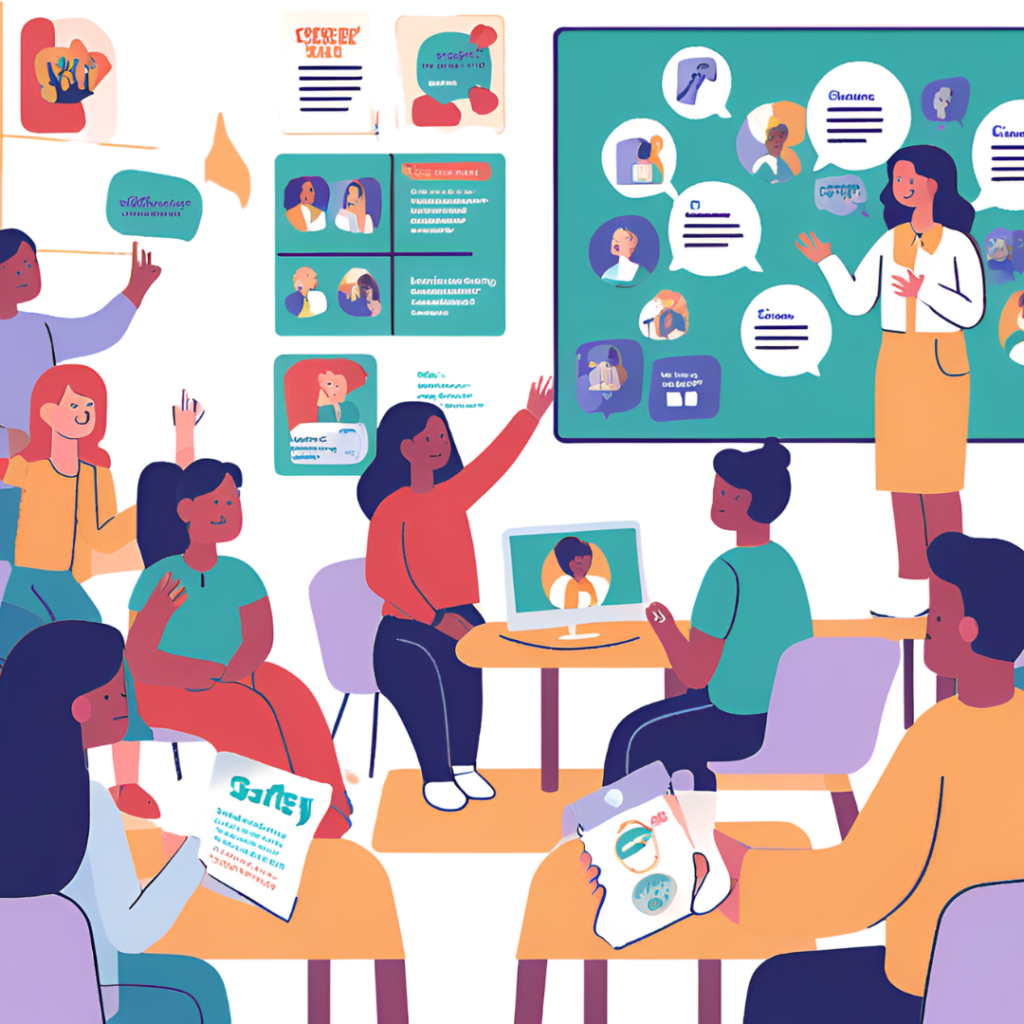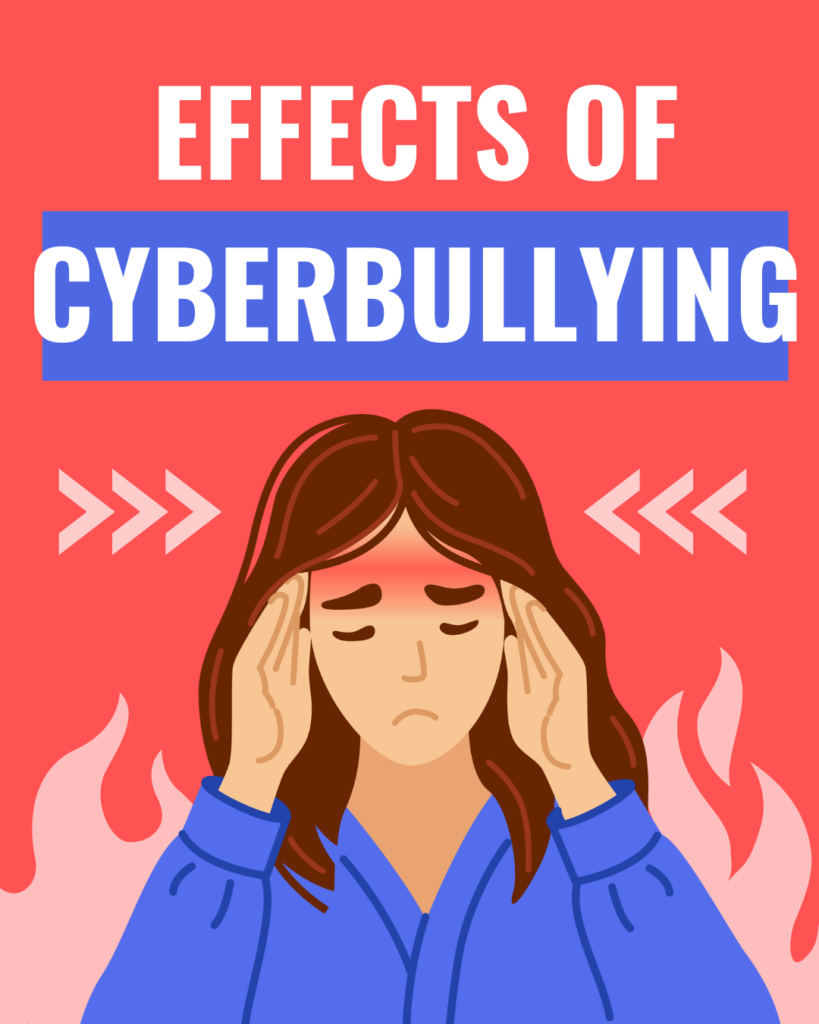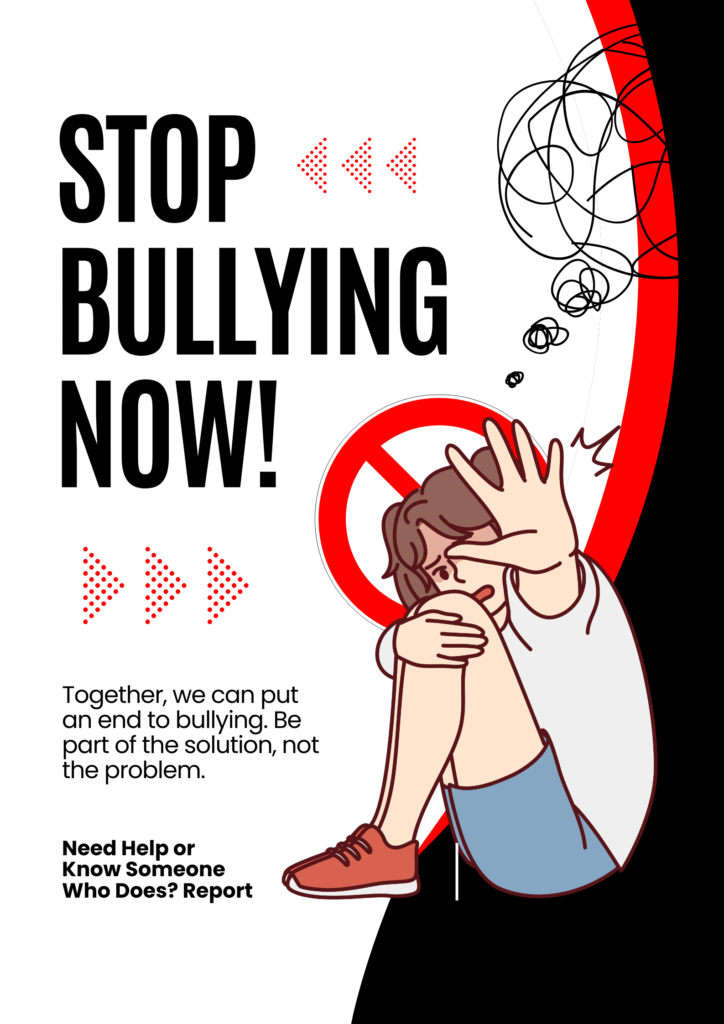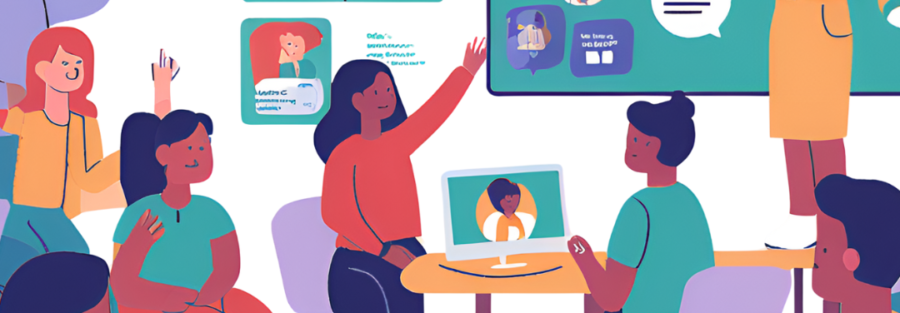Cyberbullying: Stay Aware, Stay Safe

What is Cyberbullying?
Cyberbullying is online harassment through social media, messaging apps, or gaming platforms. It happens anytime, anywhere, causing emotional distress and real-world consequences. Unlike face-to-face bullying, it can be persistent, permanent, and hard to detect, making it even more harmful. Awareness is the first step to prevention.
Types of Cyberbullying
- Harassment: Repeated offensive messages intended to intimidate or humiliate.
- Doxxing: Exposing private or sensitive information to harm an individual.
- Impersonation: Creating fake profiles to spread false information or damage reputations.
- Trolling: Posting provocative or offensive comments to provoke emotional reactions.
- Exclusion: Deliberately isolating someone from online groups or activities.
Effects of Cyberbullying

- Mental Strain: Anxiety, depression, and low self-esteem, leading to emotional distress.
- Social Isolation: Victims may withdraw from social activities and experience difficulty forming relationships.
- Physical Impact: Stress-related health issues such as headaches, sleep disorders, and fatigue.
- Academic & Professional Consequences: Decline in school or work performance due to fear and distraction.

- A Real-Life Example
- A 15-year-old girl named Amanda Todd shared a video about her struggles with cyberbullying before tragically taking her own life in 2012. She had been blackmailed online, harassed, and isolated. Her story sparked a global conversation on the dangers of online harassment and the importance of stronger laws and support systems for victims.
- Cyberbullying Laws & Regulations
- Many countries have laws to combat cyberbullying. In the U.S., laws vary by state, but many have provisions for prosecuting online harassment. The UK has the Malicious Communications Act, and Canada enforces laws against online defamation and harassment. Social media platforms also have policies to report and remove abusive content. Knowing your rights can help you take legal action when necessary.
How to Prevent & Respond
- Individuals:
- Adjust privacy settings to limit exposure to potential bullies.
- Never engage with bullies—block and report abusive content.
- Save evidence (screenshots, messages) in case legal action is needed.
Take Action
Cyberbullying is preventable. Stand against online harassment, support victims, and promote a positive digital culture. Together, we can create a safer online environment for everyone.

Helpful Resources
- StopBullying.gov – https://www.stopbullying.gov
- Cyberbullying Research Center – https://cyberbullying.org
- National Suicide Prevention Lifeline – https://988lifeline.org





